Directions (1-5): Study the information carefully and answer the questions given below.
Six persons P, Q, R, S, T and U are going on holiday on six different days of week (week starts from Monday to Saturday). All information is not necessarily in same order.
Not more than two persons go between Q and T, who goes on Thursday. Two persons go between T and U. More than one person goes between Q and P. There is as many persons between U and R as many between R and P. Q does not go on Saturday.
Q1. How many persons go between Q and P?
(a) One
(b) Three
(c) Two
(d) Four
(e) None
Q2. Who among the following person goes just before P?
(a) T
(b) R
(c) Q
(d) R
(e) None of these
Q3. Who among the following person goes on Tuesday?
(a) U
(b) T
(c) Q
(d) R
(e) None of these
Q4. How many persons goes before U?
(a) Two
(b) One
(c) Four
(d) Five
(e) None
Q5. Which of the following combination is true?
(a) Monday-Q
(b) Thursday-R
(c) Tuesday-U
(d) Friday-P
(e) None is true
Directions (6-8): Study the following information carefully and answer the given questions.
There are eight members in a family i.e. A, B, C, D, E, F, G and H. There are three females and two married couples. A is son in law of C. B is daughter in law of G, who is father of H. H is unmarried. D is son of C. C married to F, who is grandfather of E. E is niece of H who is brother of A.
Q6. Who among the following is brother-in-law of D?
(a) G
(b) C
(c) A
(d) B
(e) None of these
Q7. Who among the following is brother in law of B?
(a) A
(b) H
(c) D
(d) G
(e) None of these
Q8. Who among the following is father of D?
(a) E
(b) F
(c) A
(d) H
(e) None of these
Directions (9-10): In each of the questions below are given some statements followed by some Conclusions. You have to take the given statements to be true even, if they seem to be at variance from commonly known facts. Read all the conclusions and then decide which of the given conclusions logically follows from the given statements disregarding commonly known facts.
(a) If only conclusion I follows.
(b) If only conclusion II follows.
(c) If either conclusion I or II follows.
(d) If neither conclusion I nor II follows.
(e) If both conclusions I and II follow.
Q9. Statements:
All honey are sugar
Some sugar is salt
No honey is water
Conclusions:
I: Some salt is not water
II: Some honey is water is possibility
Q10. Statements:
Some dance are classic
All classic are old
Some old are Gold
Conclusions:
I. Some gold are classic
II. No classic is gold
Directions (11-13): Study the information carefully and answer the questions given below.
Point A is 12m west of point B. Point F is 8m east of point D. Point G is 10m north of point E. Point C is 8m south of point B. Point D is 3m north of point C. Point E is 6m west of point C.
Q11. What is the shortest distance between D and A?
(a) 13m
(b) 10m
(c) 12m
(d) 14m
(e) None of these
Q12. Point D is in which direction with respect to G?
(a) North-East
(b) South-west
(c) East
(d) North
(e) South-east
Q13. If Point Y is 7m south of point G than what is the shortest distance between Point Y and Point F?
(a) 16m
(b) 14m
(c) 13m
(d) 10m
(e) None of these
Q14. If each vowel of the word “Quagmire” is changed to the next in the English alphabetical series and each consonant to the previous letter in the English alphabetical series and then the alphabets thus formed are arranged in alphabetical order from left to right, which of the following will be fifth from the left end?
(a) F
(b) J
(c) P
(d) Q
(e) None of these
Q15. If MEDIATION= 945%6#%8$ and REATTACH = &46##613, then how will you code ANOTHER?
(a) 6$8#34$
(b) 6$8#34&
(c) 4$8#34$
(d) 6$5#34$
(e) None of these
Solutions
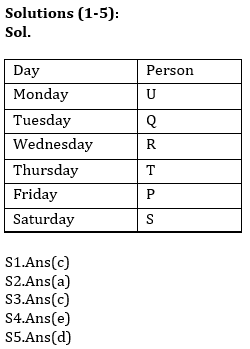
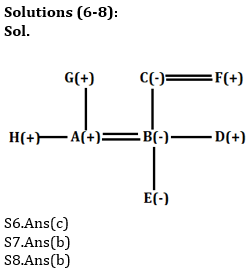
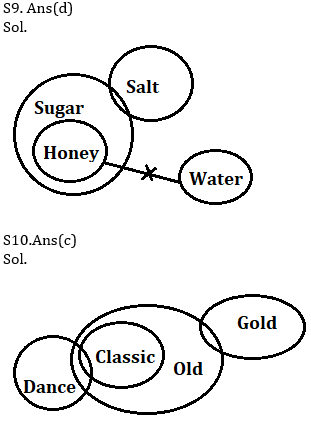
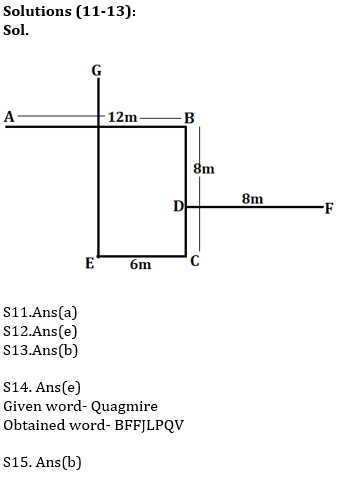
Click Here to Register for Bank Exams 2021 Preparation Material


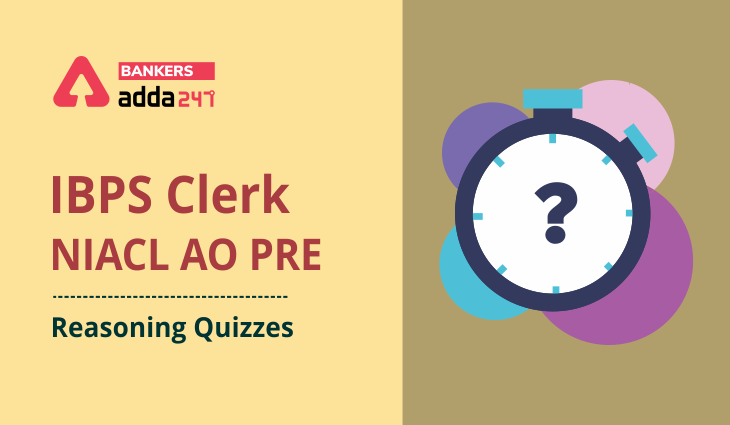


 GA Capsule for SBI Clerk Mains 2025, Dow...
GA Capsule for SBI Clerk Mains 2025, Dow...
 The Hindu Review October 2022: Download ...
The Hindu Review October 2022: Download ...
 SBI Clerk Prelims Result 2025 Out, Direc...
SBI Clerk Prelims Result 2025 Out, Direc...







